The Ultimate Guide to Vintage Seiko Diver Watches: Generations, Legends, and Collectors’ Secrets
The Ultimate Guide to Vintage Seiko Diver Watches: Generations, Legends, Collectors’ Secrets, Owner Review and Buying Tips
Welcome, vintage watch lovers! At Samurai Vintage, we know that wearing a watch isn’t just about telling time—it’s about wearing history and adventure on your wrist. Few brands capture this spirit like vintage Seiko diver watches. Tough, reliable, and brimming with heritage, classic Seiko dive watches have made waves since the 1960s—from pioneering the sport in Japan to starring in Hollywood and military legends.
This comprehensive guide will walk you through the most important generations of vintage Seiko divers, unpacking their stories, key features, and collector appeal.
[To create this original article, we have sourced a killer lineup of these iconic watches, the legendary Seiko 62MAS, the tough-as-nails 6105, a quirky Seiko Silverwave Surface Diver, the trusty Turtle 6306 and the product birth during the quartz crisis 7548 quartz model. We prepare to show you a different face of these reference for your]
Whether you’re a seasoned Seiko fan or a newcomer hunting for your first classic diver, read on—you’re about to discover why Seiko is the go-to name in vintage diving watches.
Background : A QUICK DIVE INTO SEIKO'S DIVER LEGACY
Seiko didn't just dip a toe into the dive watch world; they plunged in headfirst back in the 1960s, challenging the dominance of European makers. It all started with Japan's growing interest in scuba diving and the need for tough, affordable timepieces that could handle the depths. Seiko's first proper diver, the 62MAS, hit the scene in 1965, setting the stage for a lineage that's influenced everything from professional tools to modern reissues.

1. Seiko SilverWave (J12082 & 697990, 1961–1966): The Beginning of Seiko Divers
- Front: J12082 SilverWave

- Back: Iconic Tsunami caseback engraving

Seiko’s legacy as a dive watch pioneer begins with the SilverWave J12082 in 1961—Seiko’s first dive-inspired timepiece. With water resistance up to 50 meters and the now-legendary Tsunami wave on its caseback, the SilverWave was a bold statement of intent. The 697990 soon followed in 1964, offering a more affordable version with 30 meters of resistance but the same adventurous spirit.
Why Collectors Love It:
These models launched the vintage Seiko diver legacy, blending style and functionality. Today, finding a SilverWave in good condition is a true collector’s coup.
Did you know? The Tsunami motif became a lasting Seiko diver symbol, still used on modern models.
2. Seiko 62MAS (6217-8000/1, 1965–1968): Japan’s First Professional Diver
- Front: 62MAS dial and hands



- Back: Dolphin caseback engraving

The Seiko 62MAS (the 6217-8000 (small crown) and 6217-8001 (big crown)) was Japan’s very first professional automatic dive watch—an icon with 150 meters of water resistance, bold luminous markers, and a purposeful black dial. The small crown version was produced for just a couple of months in early 1965, making it incredibly rare. It was apparently tough to grip with gloves on, so Seiko quickly switched to the bigger crown on the 6217-8001, which ran until 1968.
Its robust conical case and early reference comes with a ones have a dolphin -stamped caseback, while later ones are a plain caseback with "horseshoe" design without the dolphin, just "SEIKO."

The 62MAS set the blueprint. Its cushion-shaped case (about 38mm) was functional but not overly bulky, with a screw-down crown for water resistance for the professional diving needs. The dial layout is straightforward: bold lume hour markers and a date window at 3, and hands designed for legibility underwater the design is for the pure diving utility. Over time, Seiko refined this into more ergonomic shapes, but the 62MAS's simplicity shows the original of this legend.
Why It’s a Legend:
In 1966, the 62MAS accompanied the 8th Japanese Antarctic Research Expedition, proving its toughness in the world’s harshest conditions. Its DNA lives on in modern reissues, but the original remains the holy grail for vintage Seiko collectors.
Did you know: The 62MAS is often called the “godfather” of vintage Seiko diver watches.
3. Seiko 6215 (1967–1969): Deep Dive Innovation
- Front: 6215 dial and monobloc case


- Back: Classic Seiko engraving

Seiko pushed boundaries again with the 6215 diver, introducing a monobloc case, a hi-beat movements, screw-down crowns for diving ability and mineral glass crystals for stronger scratch resistant. Seiko 6215 move the crown to distinctive 4 o’clock for better wearability without knocking on the wrist the dive rating starting from 150 to even 300 meters of water resistance—unheard-of at the time, a clear push into pro diver territory. With a short production year for about a year, making them insanely rare and sought after today.
Why It’s Special:
The 6215 proved that Seiko could compete with—and surpass—Swiss dive watches in durability and engineering.
4. Seiko 6105 “Willard” (1968–1977): The Vietnam War & Hollywood Hero
- Front: 6105 cushion case


- Lifestyle: Martin Sheen in “Apocalypse Now”

The Seiko 6105, nicknamed the “Captain Willard” after its cameo in Apocalypse Now, is a legend among vintage Seiko divers. This Seiko 6105 reference upped the ante with 150m water resistance, a hacking seconds hand, and the reliable 6105B automatic movement. It was built for pros, with a beefier case and a dome crystal to withstand pressure and a bidirectional bezel that clicked satisfyingly for dive timing.
The Seiko 6105 Diver came in two flavors. The earlier 6105-8000 (from 1968) had a symmetric C-shaped case, about 41mm wide, making it sleeker and more wearable than what followed. It was a direct successor to the 62MAS, with that "anti-snag" crown at 4:00 and Hardlex crystal. Then, in 1970, Seiko introduced the 6105-8110 with its famous asymmetric "turtle" shape (around 44mm), adding better crown guards for protection against knocks. This asymmetric design laid the foundation for generations of Seiko divers, influencing everything from the 6309 to the SKX007 and even today's Seiko 5 divers. Functions stayed diver-focused: improved seals, a date window, and oversized lume plots for underwater legibility. The 6105B movement in later models added hacking, a nod to precision. It's where Seiko started blending form with serious function, paving the way for later models' comfort.
-
The C Shape Case of the earlier Seiko 6105 reference

Soldiers in Vietnam chose it for its rugged build and reliability. During the Vietnam War era, US servicemen were issued basic field watches like Hamilton or Benrus, but those often couldn't handle the humid jungles with their low water resistance. While the Seiko 6105-8110 is a more durable option and is available at PX stores on military bases for around $95. Soldiers snapped them up for their durability, and stories abound of these watches surviving the harshest conditions.
Why It’s Iconic:
The Seiko 6105 is an adventurer’s choice, Japanese explorer Naomi Uemura chose the 6105 for his epic adventure climbing Kilimanjaro, Mont Blanc, and the Matterhorn and becoming the first Japanese to summit Everest in 1970. There is no sponsorship – just a demand for a reliable tool watch, and the 6105 delivered.
With its unique cushion case, 150m rating, and indestructible spirit, the 6105 is a true vintage Seiko classic.
-
The Domed Crystal of Seiko 6105 is unique in the Seiko Diver lineup

5. Seiko 6106 (1968–1970): The Everyman’s Seiko Diver
- Front: Seiko 6106 silver dial

Not everyone needed a professional dive watch, and the Seiko 6106 delivered. Part of the Seiko 5 Sports series, it offered 70 meters of water resistance and stylish dial options—making the diver look accessible to all. Introduced in 1968 as Seiko's first "Sports Diver," it featured a 38mm stainless steel case, bi-directional case-colored bezel, and the 6106 movement (early versions date-only, later day/date). Dial variants included dark grey (most popular), white/silver, dark blue, dark green, and a rare dark blue with chevron indices. Marketing touted it for diving to 229 feet or surfing, a non professional / weekend beach time dive watch.
Why It’s Cool:
The 6106 brought the vintage Seiko diver aesthetic to daily life—perfect for casual collectors and style seekers. Its sparkling dial finishes, applied indices, and elegant bezel rival Swiss watches, offering affordable class on various straps (original lightweight bracelet now rare)
6. Seiko 6159 “Grandfather Tuna” (1968–1978): The Saturation-Diving Pioneer
- Front: 6159 “Tuna” case

- Fitted with a Titanium case

The 6159 changed the game: it was the world’s first hi-beat diver and later, with the 1975 titanium “Grandfather Tuna,” became the first to offer 600 meters water resistance with a helium-proof case. Its shrouded design and technical innovations (over 20 patents!) set a new standard for professional dive watches.
Why It’s Epic:
The 6159 “Tuna” is a must-have for serious vintage Seiko collectors and is still the benchmark for deep-sea capability.
7. Seiko 6306 “Turtle” (1976–1988): The Collector’s Favorite
- Front: 6306 “Turtle”

- Back: Tsunami caseback


The Seiko 6306 Turtle is often the first (and favorite) vintage Seiko diver for collectors. With its iconic cushion case, robust 150-meter rating, 6306 automatic movement and affordable price. This is the start of the iconic Seiko Turtle model, with a long-living design whose ideas and case shape have endured all the way to modern reissues. In 1975, Seiko tasked young engineer Ikuo Tokunaga (father of the legendary Tuna) with designing a replacement. His rounded cushion case incorporated features like the 60-click bi-directional bezel but swapped the locking crown for a screw-down one, ditched the embossed dial for a printed one, and went with a beveled flat Hardlex crystal. The new 21,600bph 6306A/6309A movements added day-date complications.
The Seiko 6306 lume usually developed into a yellow patina unlike the earlier reference lume that will developed into a greenish lume. The Turtle became a staple for US military personnel—sold at Army PX and Navy Exchange shops, and even featured in the film “The Abyss.”
-
BUYING TIPS FOR SEIKO 6306/6309:

Beware of fake dials Seiko 6306: Beware of fake dials from Southeast Asia – spot them by the straight-cut date window (authentic have a sloped one) and faded red "Water Resist" text due to oxidation over the years (fakes often have bright red).
Why It’s Our Top Pick:
The 6306 blends history, affordability, and enduring style—making it the ideal entry point for anyone building a vintage Seiko diver collection.
8. Seiko 7548 “Silm Turtle” (1978-Onwards): The Quratz Revolution
-
Front: 7548 dial

-
Back: Engraved battery replacement date

Finally, the 7548 quartz diver (reference 7548-7000) marked Seiko's first quartz dive watch with 150m resistance and a battery life that outlasted mechanicals. Released in 1978 primarily for export markets (JDM from 1979), it was produced alongside mechanical Turtles briefly. Nicknamed “Slim Turtle” for its slimmed-down version of the Turtle case (40mm), it featured quartz precision with bold markers and a bi-directional bezel. Variants include common black/Pepsi bezels, rarer orange dial with black/gold, and ultra-rare turquoise/teal with gold (mostly from December 1984). Later 1984-1985 JDM models (e.g., 7548-7010 "Brian May") boosted resistance to 200m via a screw-down crystal ring, transitioning to the 7C43 series.

Why It’s Innovative:
In the late ’70s, quartz divers like the 7548 were the most accurate worldwide, used by military figures (e.g., General Schwarzkopf's “Desert Storm” 7548-700B) and commandos. As an owner, I added it for its tech-savvy appeal—quartz reliability in a sleek package, perfect for modern collectors.
Our Top Recommendation: Start Your Collection with the Seiko 6306 Turtle
At Samurai Vintage, we’re often asked: Which vintage Seiko diver should I buy first? Our answer: the Seiko 6306 Turtle. Its rich story, iconic design, and relative availability make it the perfect gateway into the world of vintage Seiko diving watches. Compared to rare models like the 62MAS or 6159, the 6306 offers unbeatable value and a heritage you’ll be proud to wear. As a collector who's reacquired one after selling my previous example, I can attest to its everyday reliability—it's survived real adventures and remains a staple in my shop. For beginners, its cushion case fits comfortably on most wrists, and the day-date function adds practicality without complexity, making it an accessible entry before chasing pricier grails.

Check out our latest Seiko 6306 listing
Tips for Buying Vintage Seiko Diver Watches
1. Verify Authenticity
Check for original dials, hands, and bezels. Beware of “Frankenwatches” or fakes—if something looks too new, investigate further. Especially the dial of the divers, we notice there are a lot of fraken dial or "refinished" dial made in vietnam so be ware of the dial and try to find reference photos online to compare the watch.
2. Assess Condition
A bit of patina is charming, but watch out for excessive rust or water damage. Aged lume is good; bright lume often means replacement parts. The lume tells its story above all, try to find a watch with matching lume across the dial and if possible with the hands. Most of the time the dial lume age faster than the hand because of the material used. So it is acceptable to find a watch with no matching lume hand.
3. Ask for Service History
A recently serviced movement is a big plus. Vintage Seikos need regular care to keep ticking reliably.
4. Choose the Right Model for Your Budget
The best entry point Seiko divers is the 6306 Turtle which is more accessible, while early icons like the 62MAS or 6159 demand higher prices and patience to find so as a collector we recommend to start with the easy optoin and then try to dig the hole deeper as time goes..
5. Buy from Trusted Dealers
Stick with reputable vintage Seiko sellers (like us at Samurai Vintage!), as we know what to look for when sourcing a vintage watch and we stand behind each watch we sell. Found our watch with not non-genuine dial, we will take it back give you a refund asap. Therefore as people always say, buy the dealer, not the watch.
Wrapping Up: Why Vintage Seiko Divers Belong in Every Collection
From the SilverWave’s first splash to the Turtle’s military legacy, vintage Seiko diver watches are more than just timekeepers—they’re stories, adventures, and milestones of innovation. Whether you’re a deep-sea explorer, a desk diver, or a collector chasing the next grail, every scratch on a vintage Seiko tells a tale.
Ready to start or grow your vintage Seiko diver collection?
Drop by Samurai Vintage—let’s geek out over Seiko, swap stories, and help you find your next legendary watch.
Frequently Asked Questions About Vintage Seiko Diver Watches
History and Origins
1. When did Seiko start making diver watches, and what was the first model?
Seiko's dive watch legacy began in 1961 with the SilverWave J12082, their first dive-inspired timepiece with 50 meters of water resistance and the iconic Tsunami wave caseback. This marked Japan's entry into the dive watch world, blending style and functionality. The more affordable 697990 followed in 1964 with 30 meters resistance, setting the stage for Seiko's dominance in vintage diver watches.
2. What makes the Seiko 62MAS significant in dive watch history?
The Seiko 62MAS (6217-8000/1, 1965–1968) was Japan's first professional automatic dive watch, featuring 150 meters water resistance, bold luminous markers, a conical case, and a dolphin caseback. It proved its mettle during the 1966 Japanese Antarctic Research Expedition, establishing Seiko as a rival to Swiss brands and influencing modern reissues.
Models and Generations
1. What are the key generations of vintage Seiko diver watches?
Vintage Seiko divers evolved through several iconic eras:
- 1961–1966: SilverWave (J12082 & 697990) – Early dive-inspired models with Tsunami casebacks.
- 1965–1968: 62MAS (6217) – Japan's first pro diver with 150m resistance.
- 1967–1969: 6215 – Deep-dive innovation with monobloc case and up to 300m resistance.
- 1968–1977: 6105 "Willard" – Military and Hollywood legend with cushion case.
- 1968–1970: 6106 – Accessible Seiko 5 Sports diver with 70m resistance.
- 1968–1978: 6159 "Grandfather Tuna" – Hi-beat pioneer with 600m titanium versions.
- 1976–1988: 6306 "Turtle" – Affordable cushion-case favorite with military ties.
Each generation built on technical advancements, from water resistance to helium-proof designs.
2. Which vintage Seiko diver model is best for beginners?
For entry-level collectors, the Seiko 6306 "Turtle" (1976–1988) is ideal due to its iconic cushion case, 150m water resistance, relative availability, and affordable pricing. Popular with US military personnel and featured in films like "The Abyss," it's a perfect blend of history and everyday wear. At Samurai Vintage, we recommend it as your first vintage Seiko diver for its value and style.
3. What makes the Seiko 6105 "Willard" unique?
The Seiko 6105 "Willard" (1968–1977) stands out for its rugged cushion case, 150m resistance, and legendary status—chosen by Vietnam War soldiers for reliability and worn by Martin Sheen in "Apocalypse Now." This military and Hollywood heritage makes it a must-have for collectors seeking a piece of pop-culture history in vintage Seiko divers.
4. Why is the Seiko 6159 called the "Grandfather Tuna"?
The Seiko 6159 (1968–1978), nicknamed "Grandfather Tuna," was the world's first hi-beat diver and introduced a shrouded titanium case in 1975 with 600m water resistance and helium-proof features (over 20 patents). Its innovative design for saturation diving set benchmarks, making it a pioneer among vintage Seiko professional divers.
Collecting and Authentication Tips
1. How can I authenticate a vintage Seiko diver watch?
Verify original dials, hands, and bezels—check for the Tsunami or dolphin caseback engravings on early models. Beware of "Frankenwatches" with mismatched parts or refinished dials (often from Vietnam). Compare with reference photos online, and look for aged lume consistency (dial lume ages faster than hands). Buy from trusted dealers like Samurai Vintage for guaranteed authenticity and refunds on non-genuine pieces.
2. What should I look for when buying a vintage Seiko diver?
Prioritize condition: Some patina is fine, but avoid rust or water damage. Check for matching lume (acceptable if hands differ slightly), recent service history for reliable movements, and original parts. Start with budget-friendly models like the 6306 Turtle before rarer ones like the 62MAS. Always buy from reputable sellers like Samurai Vintage, who inspect every watch and stand behind their products—remember, buy the dealer, not just the watch.
Investment and Value
1. Are vintage Seiko diver watches a good investment?
Yes, vintage Seiko divers like the 62MAS or 6159 "Grandfather Tuna" have strong collector appeal due to their historical significance, military ties, and limited availability, often appreciating over time. More accessible models like the 6306 Turtle offer great value for entry-level investment. Factors like condition, originality, and provenance drive prices—focus on well-preserved pieces from trusted sources like Samurai Vintage for the best returns in the growing Japanese vintage watch market.
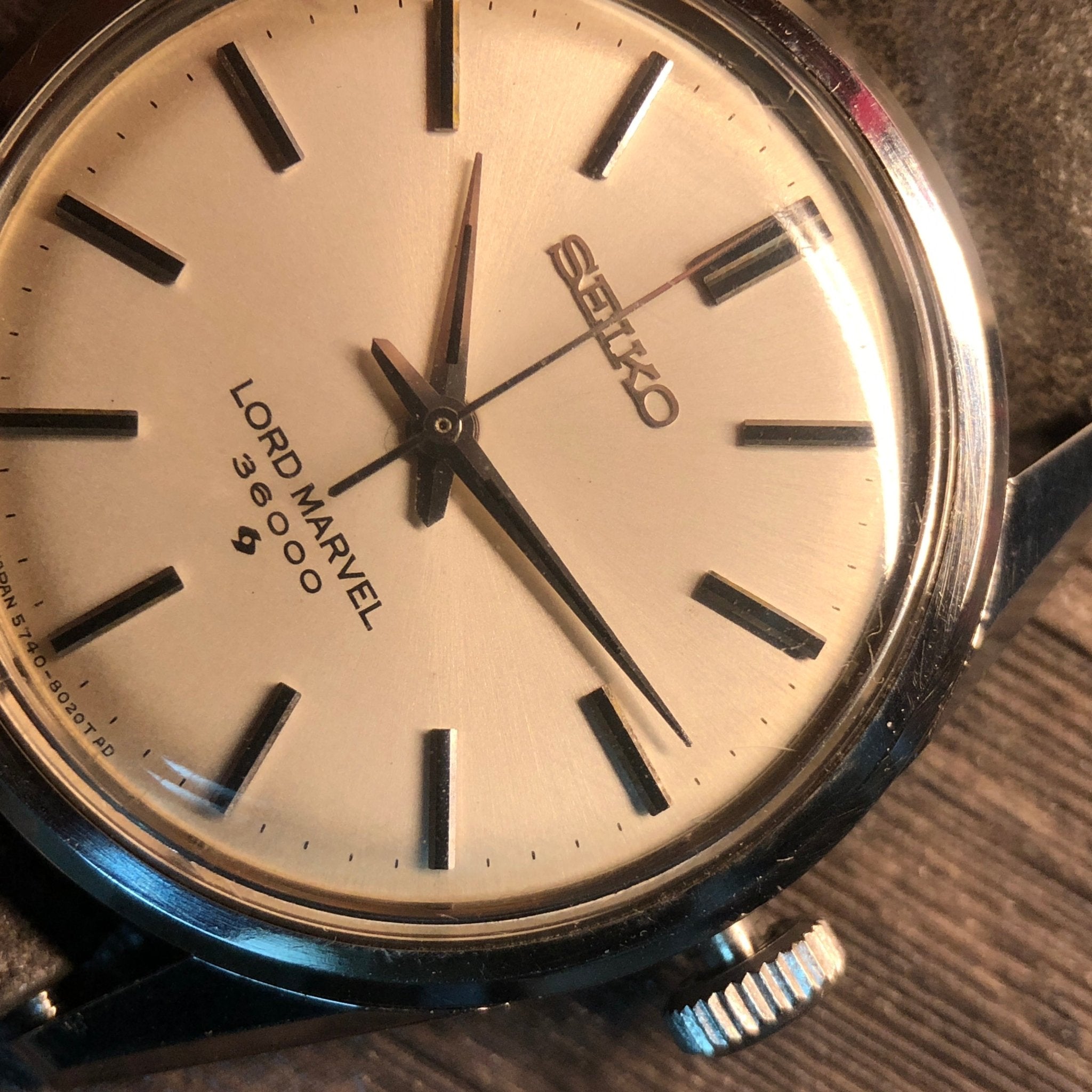
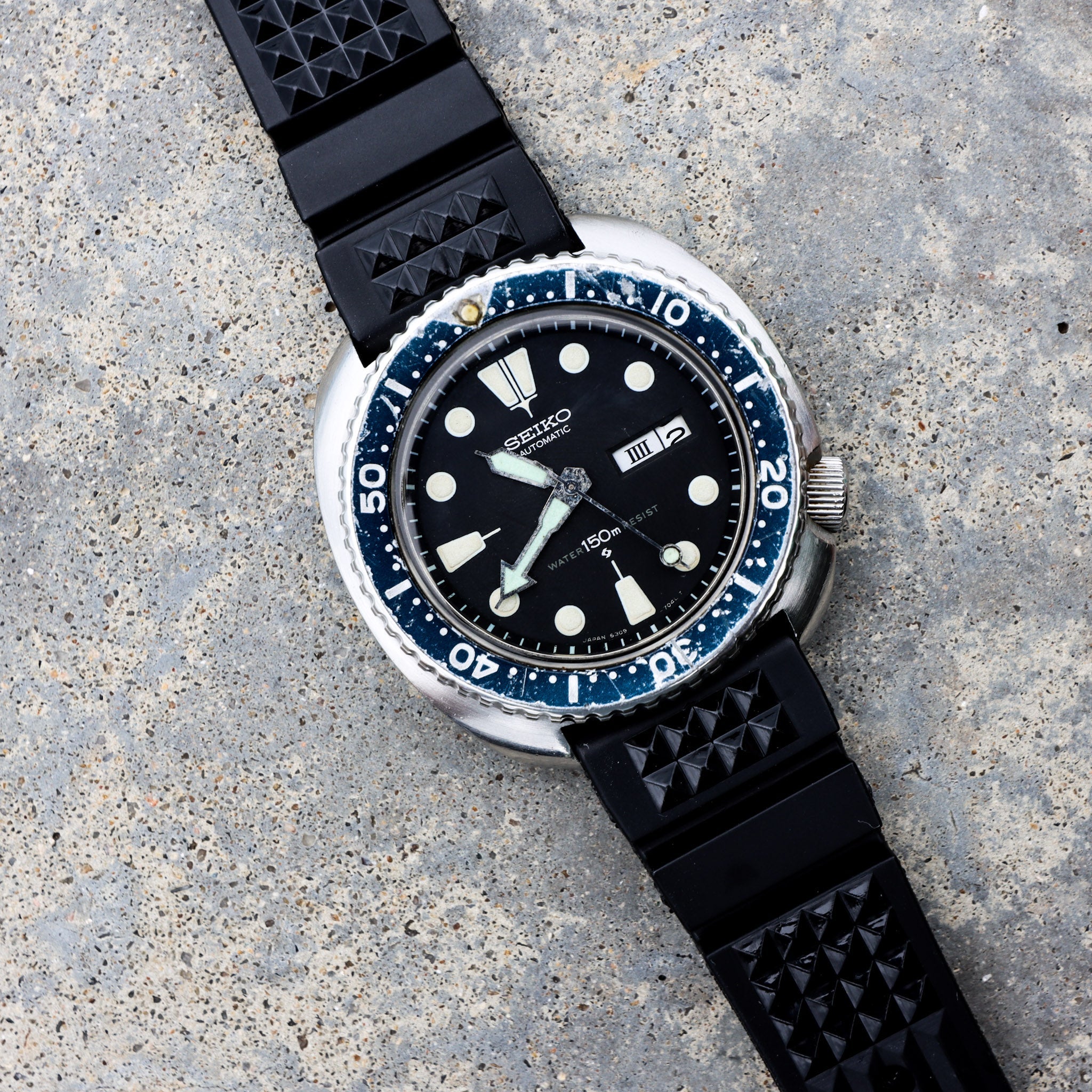
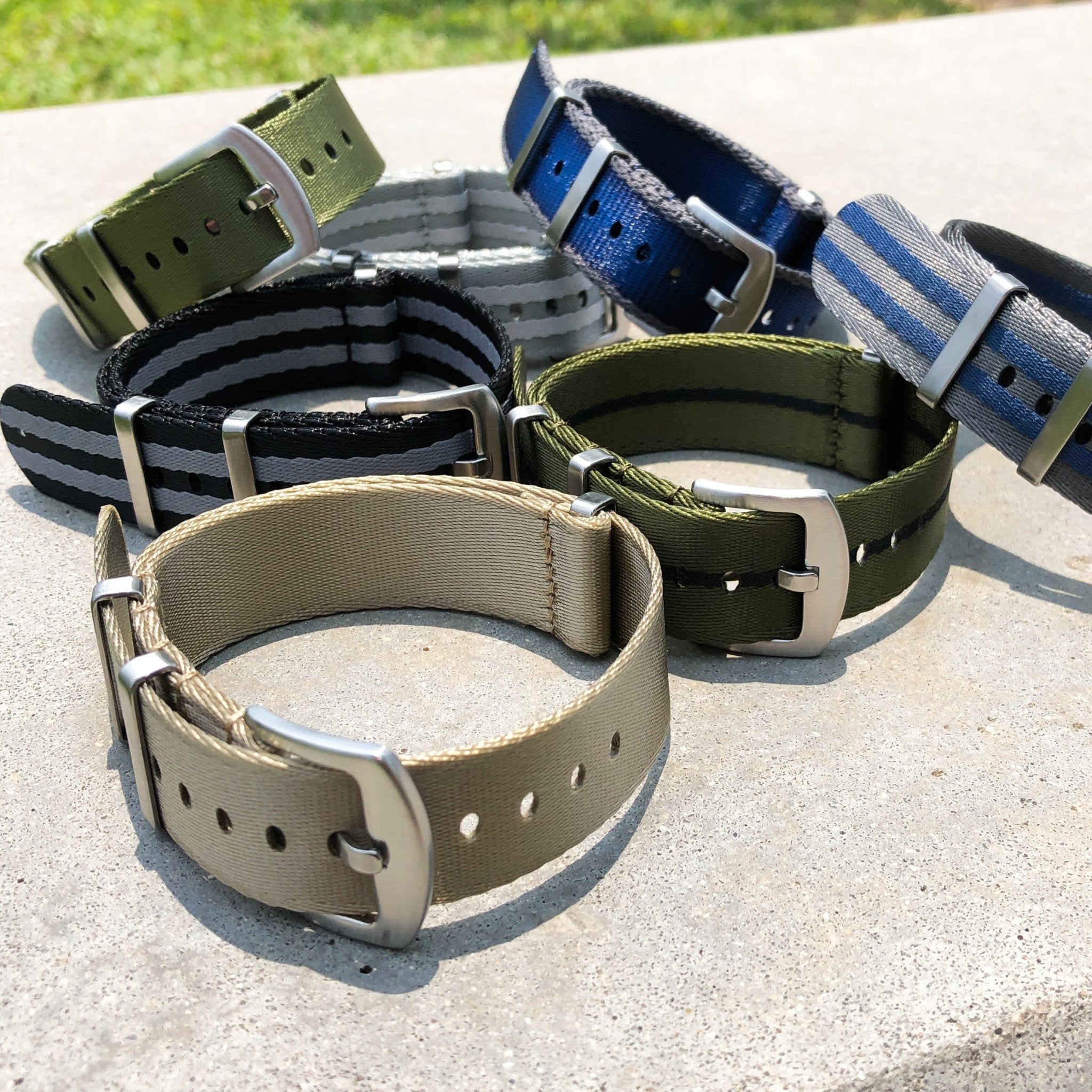
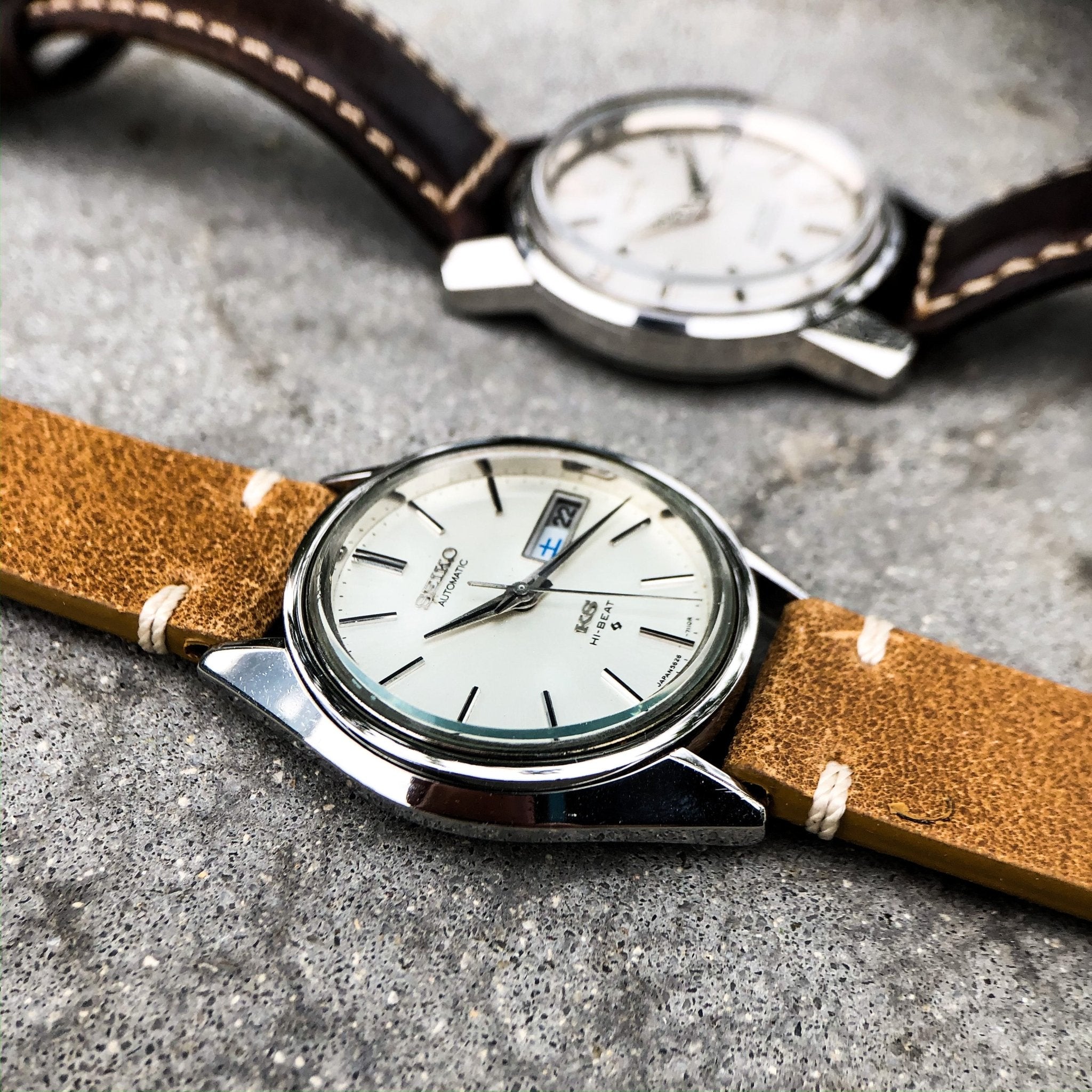
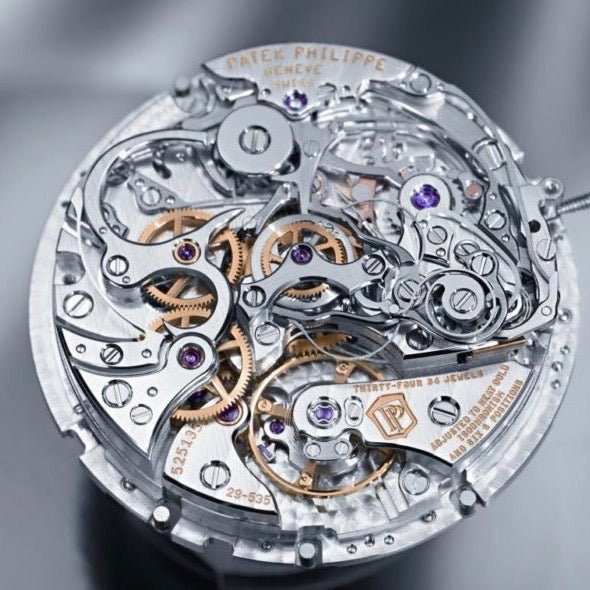

Leave a comment